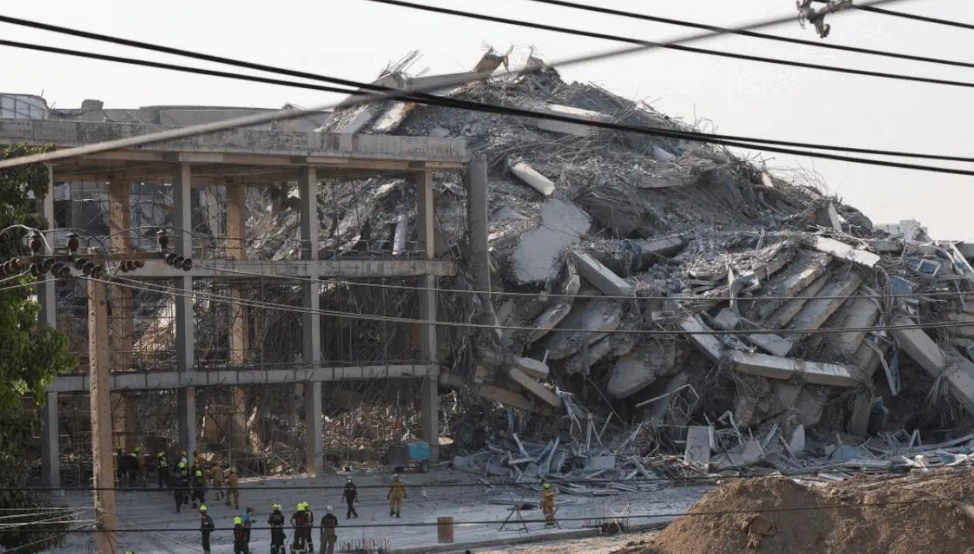A powerful 7.7-magnitude earthquake struck Myanmar on Friday, with tremors reaching neighboring Thailand and as far as India and Cambodia. The hardest-hit areas included Myanmar’s ancient capital, Mandalay, where buildings collapsed, and infrastructure crumbled. According to state media, the disaster has claimed over 700 lives so far.
Why Is Myanmar Prone to Earthquakes?
Myanmar’s geographic location makes it highly vulnerable to seismic activity. The country sits between the India and Eurasia tectonic plates, which are constantly shifting. The Sagaing Fault, a major geological fault line running 1,200 km (745 miles) through key cities like Mandalay and Yangon, increases the risk of earthquakes.
The U.S. Geological Survey (USGS) reported that Friday’s earthquake resulted from the India and Eurasia plates moving sideways against each other, a motion known as “strike-slip faulting.” Dr. Rebecca Bell, a tectonics expert at Imperial College London, compared this fault line to California’s San Andreas Fault, which has caused destructive quakes in the past.

How Powerful Was the Quake?
The earthquake measured 7.7 on the Moment Magnitude Scale, which replaced the older Richter scale in the 1970s. The USGS estimates that around 800,000 people in Myanmar were within the zone of the most intense shaking, making the devastation widespread.
Recommended Stories:
– Is Thailand at Risk of a Tsunami After Myanmar 7.7-Magnitude Earthquake?
– Myanmar Disaster: 700+ Dead, 15-Tonne Urgent Aid from India
In Bangkok, Thailand, a 33-story under-construction high-rise collapsed, killing at least eight and trapping dozens under debris. In Myanmar’s Mandalay, buildings crumbled, the royal palace sustained damage, and the Ava Bridge collapsed into the Irrawaddy River. Naypyidaw, the modern capital, and Yangon, the country’s largest city, also suffered severe damage.
Why Was the Destruction So Severe?
One major reason for the extensive damage is the shallow depth of the earthquake- just 10 km (six miles) below the surface. Dr. Ian Watkinson, from Royal Holloway, University of London, explained that shallow earthquakes cause greater destruction because “the seismic energy is not dissipated much by the time it reaches the surface.”
Unlike earthquake-prone countries like Japan and the U.S., Myanmar lacks strict building codes to withstand tremors. Rapid urbanization and a boom in high-rise construction, often with poorly reinforced concrete, have left many structures vulnerable. Experts believe the destruction from this earthquake could rival the 2023 Turkiye earthquake, where inadequate construction led to widespread devastation.
As rescue operations continue, the full extent of the catastrophe is still unfolding.
